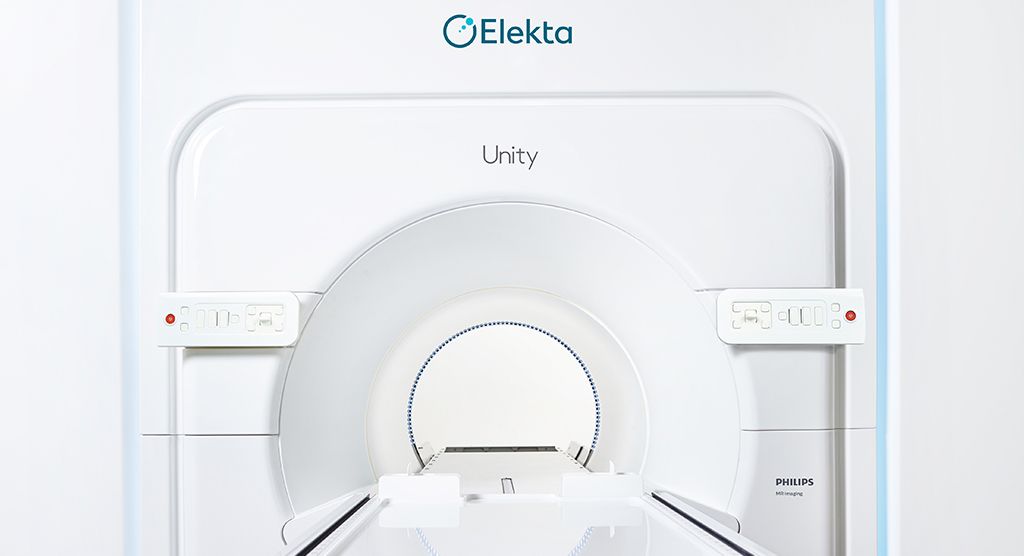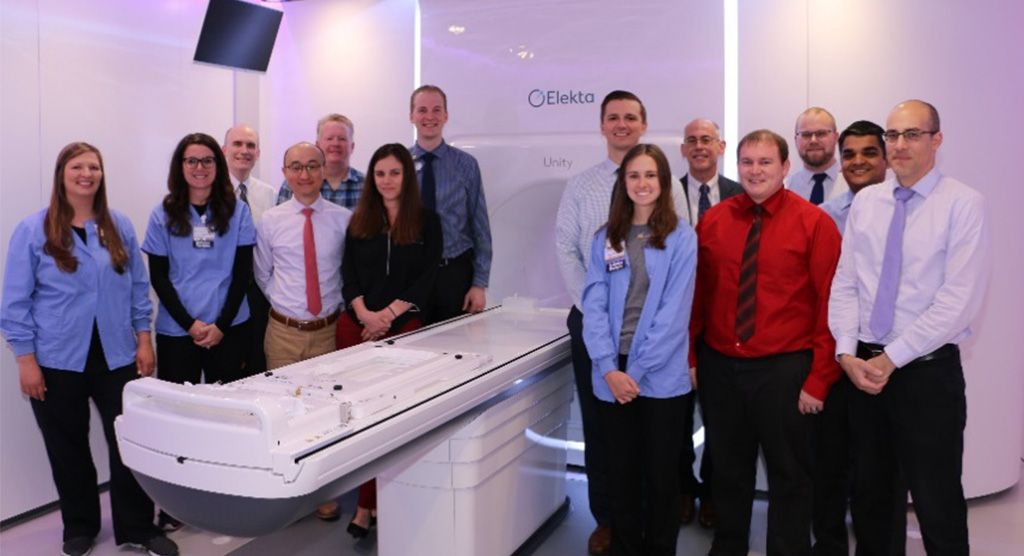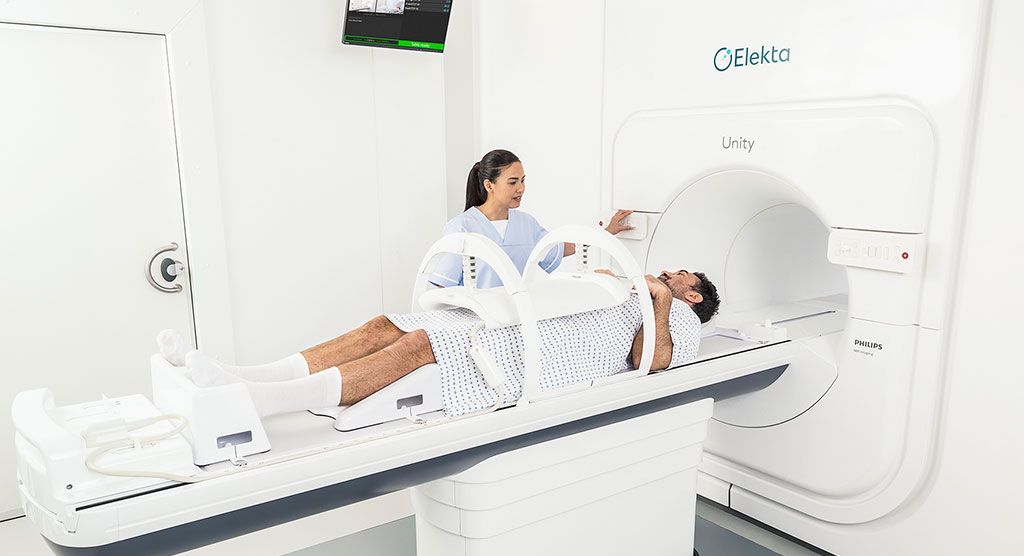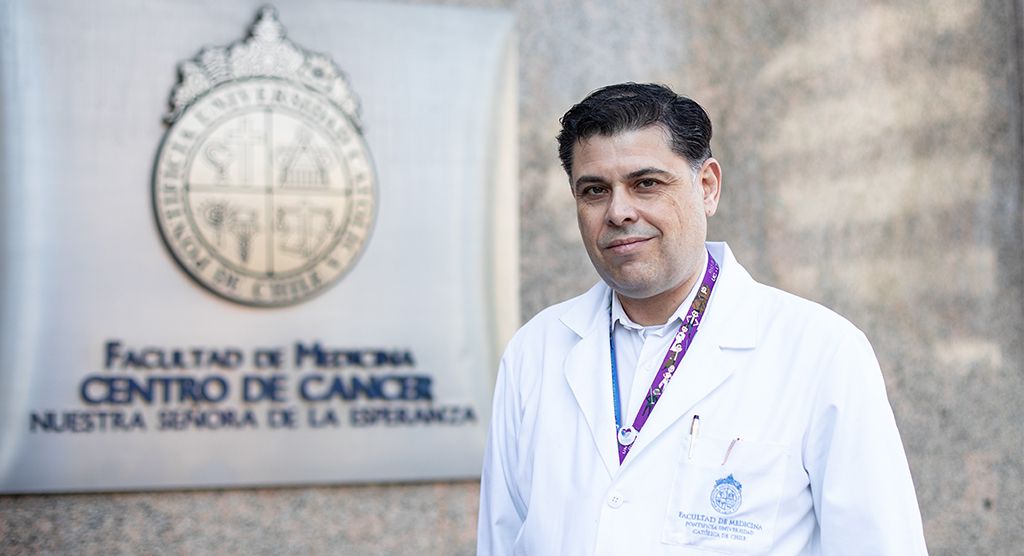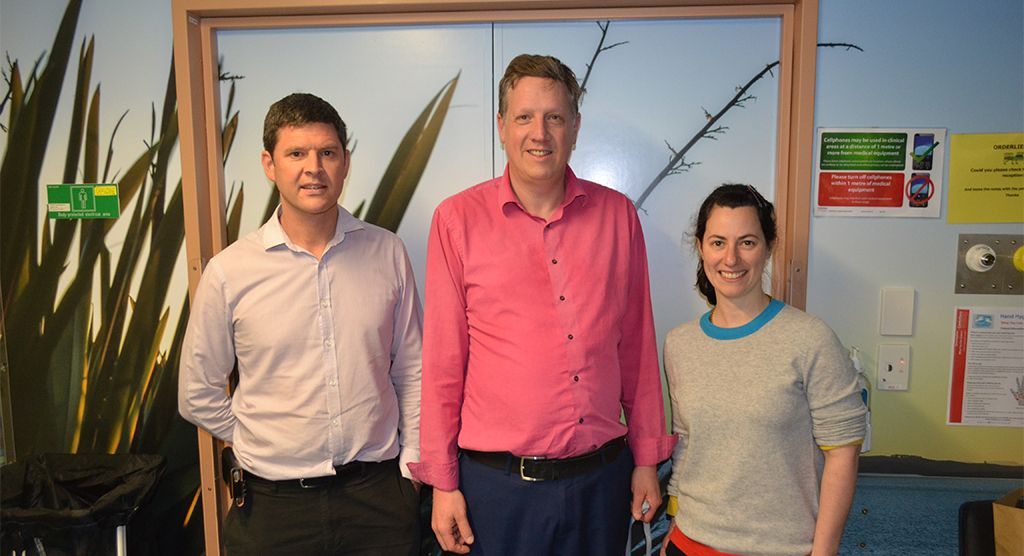Clinicians at Italian and Dutch centers review their clinical experience with Elekta Unity MR-Linac

MR-Linac webinar marks two years since ground-breaking system received CE mark
During an Elekta webinar on June 15, 2020, users of Elekta Unity, the company’s MR-Linac, provided further validation of the treatment modality and its soft tissue visualization capabilities for patients with cancer. Radiation oncologists Prof. Filippo Alongi, Chair of the Advanced Radiation Oncology department at IRCCS Ospedale Sacro Cuore Don Calabria in Negrar-Verona and Associate Professor at Brescia University and Robbert Tersteeg, MD (University Medical Center Utrecht [UMCU], Utrecht, the Netherlands) shared cases and observations on MR-guided radiotherapy (MR/RT) with Elekta Unity. View the presentation here.

Prof. Alongi, whose center began using Elekta Unity in October 2019, observed that selection of Elekta’s MR/RT system was based primarily on the unit’s high field strength (1.5T); Elekta Unity is the only high field MR-Linac commercially available. He indicated that the system’s high signal-to-noise ratio is essential to resolve details that cannot be visualized with a low field platform, in addition to the ability to exploit functional imaging sequences such as diffusion-weighted imaging (DWI). Prof. Alongi, chair of the center’s Advanced Radiation Oncology Department, said that the combination of the capability to adapt the plan on-line with the information gathered from DWI can enable boosting or adapting volumes based on specific sub-areas of disease.
The most striking clinical examples Prof. Alongi showed were prostate cancer cases that demonstrated the mobility of both the gland and surrounding organs-at-risk (OARs), such as the bladder. One such case indicated that the bladder changed its shape from fraction to fraction. Fortunately, he said, this is not a problem with Elekta Unity, since clinicians can develop a “plan-of-the-day” to enable on-line plan adaption to compensate for anatomical changes.
IRCCS Sacro Cuore treats a wide variety of indications with Elekta Unity, including prostate bed, oligometastases, bone mets and internal mammary node mets. Prof. Alongi stressed that for all of these indications, cone beam CT (CBCT) simply cannot compete with high field MRI, both in their respective depictions of soft tissues, and because the MR-Linac involves no additional radiation dose and avoids the implantation of markers and fiducials – all with an acceptable treatment time of between 30 and 50 minutes.
Future indications at IRCCS Sacro Cuore include liver primaries and mets, and pancreatic and breast cancer.
Dr. Tersteeg is chair of the radiation oncology department at UMCU, the center that developed Elekta Unity with Elekta and treated the first patient ever with the CE marked system in August 2018. UMCU operates two Unity systems and its third is currently being installed.
UMCU uses its Elekta Unity systems to treat all low- and intermediate risk prostate cancer patients, using an Adapt-to-Shape (ATS) strategy. An MR pre-treatment scan is acquired and clinicians analyze intra-fraction prostate motion via a 3D MR snapshot every nine seconds. The resulting “movie” shows how the prostate and surrounding anatomy move throughout a treatment session. Dr. Tersteeg remarked that following automatic propagation of target and OAR contours, UMCU RTTs – not radiation oncologists – make any final adjustments, a new protocol for the department. He noted that UMCU’s goal is for the RTTs to complete the entire workflow with the radiation oncologists assuming a supervisory role.
The effect that Elekta Unity has had on prostate cancer cases is clearly improved visualization, with a reduction of uncertainty margins that results in less toxicity. Side effects could be further decreased by intra-fraction optimization and increasing use of hypofractionation. He indicated that there are clear benefits for patients under such a regime and that it is more cost-effective for the center as it could at least double the number of patients treated versus a CBCT-guided linac.
The center has treated over 120 prostate cases to date.
